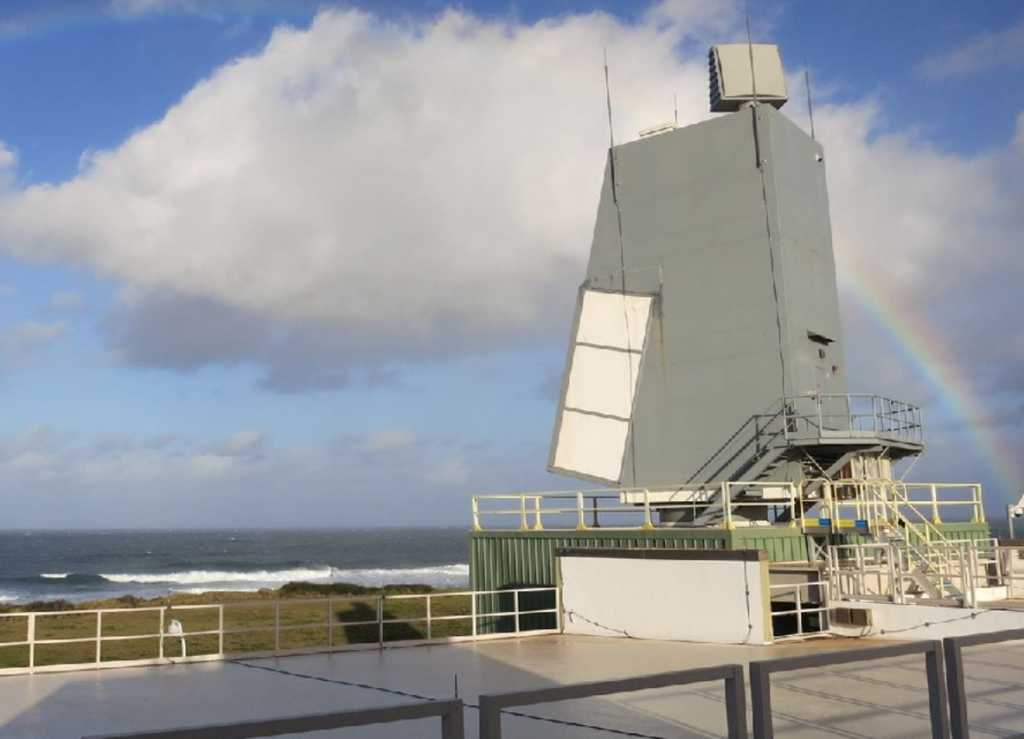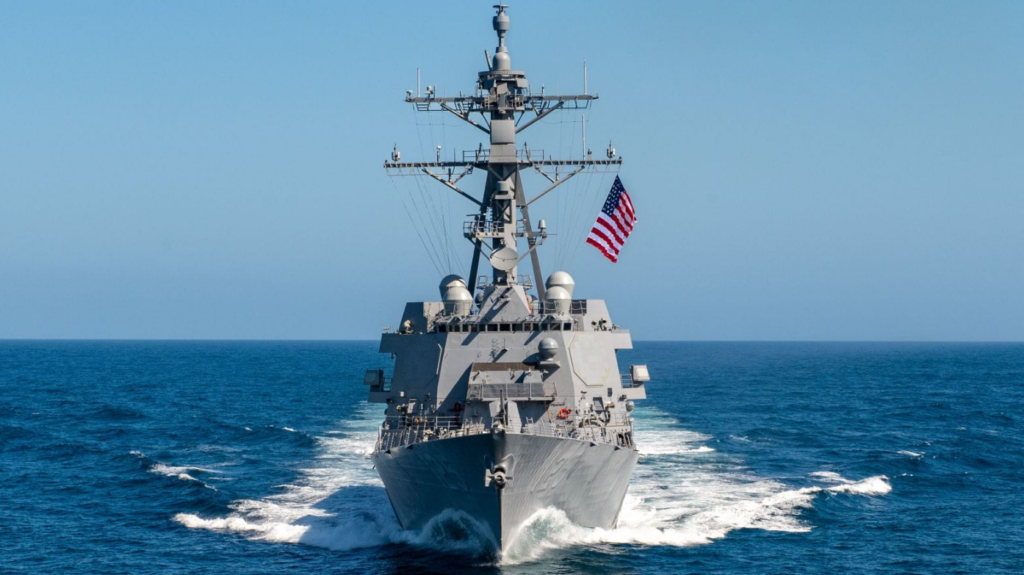U.S. Navy and Raytheon Successfully Test AN/SPY-6(V)4 Radar
On August 26, 2025, Raytheon and the U.S. Navy completed the first live maritime test of the new AN/SPY-6(V)4 naval radar at the Pacific Missile Range Facility in Barking Sands, Hawaii. The radar tracked both airborne and surface targets under varied conditions during the open-water trials and validated years of modeling and simulation work. These demonstrations produced the first live data set for the (V)4 configuration and engineers will use the data to refine the system ahead of further tests and eventual shipboard deployment.
The AN/SPY-6(V)4 is an active electronically scanned array (AESA) radar built around a modular architecture. It features four fixed array faces (each with 24 radar modular assemblies (RMAs)) and ensures uninterrupted 360-degree coverage. This new (V)4 variant is intended to replace the legacy AN/SPY-1D(V) radars on U.S. Navy Arleigh Burke-class Flight IIA destroyers as part of a broader DDG MOD 2.0 modernization program. The SPY-6(V)4 provides significantly better performance in comparison to the older systems. It is significantly more sensitive and can track over 30 times more targets at once than its SPY-1 predecessors. The radar uses advanced gallium nitride (GaN) semiconductors to deliver significantly higher power density and produce over 35 times more radar power than earlier systems. The SPY-6(V)4 can detect smaller and faster threats at longer ranges and discriminate multiple contacts far more effectively than older radars.

Raytheon and the Navy plan to field the SPY-6(V)4 on existing destroyers in the coming years. The first installation will be on the Arleigh Burke-class destroyer USS Pinckney (DDG 91). The upgrade work will begin in 2026 and will return to service in 2028. More than 60 U.S. Navy ships are expected to carry some variant of the SPY-6 radar family over the next decade and will significantly enhance the fleet’s defense against air, surface, and ballistic threats. In a statement, Raytheon’s Naval Power president Barbara Borgonovi described the SPY-6(V)4 live-test as a significant advancement, noting it will enable existing Flight IIA destroyers to greatly enhance their detection and tracking abilities. This upgrade will help sailors monitor and react to potential threats more effectively in real time.
The Navy and Raytheon have made a significant step in outfitting destroyers with next-generation sensors by demonstrating the AN/SPY-6(V)4’s advanced tracking capabilities at sea. The enhanced situational awareness from SPY-6 radars will help ensure the surface fleet remains capable of handling evolving high-speed and saturation threats well into the 2030s.

